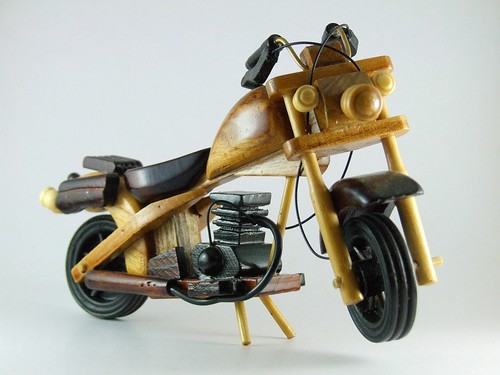What you need
I would say there are two main parts you need: background, and light. You could add others things to this list, but that's the basics.The simplest studio
Here is an article on diyphotography of the most simple, cheap and basic "home studio". It is composed of an A0 sheet of paper, and duck tape. The piece of paper is used as background, and we rely on natural sunlight for the rest. You can't make it cheaper!The light tent
The paper sheet studio is nice for beginning without buying anything. You can experiment and have fun with it, but soon you will want to have more control over the light and maybe a more sustainable studio.The light tent can be the next step. It is basically a cube shaped object in which you place your subject. It is designed so that light is spread evenly. You can either use a flash or lamps from your home, placed on the sides and pointed at the light box. Plus, light tents are usually foldable, making them easy to tidy up or carry.
These tents are really affordable, check the ones at Steve's Photo Shop or the Ezcube ones. If you don't want to spend money or if you simply find it funnier to build them, you can find tutorials to help you build one, such as this one on diyphotography, this one on digital-photography-school or the ones on creativepro.
Human sized studios
Although these studios are cool, their size restraints the kind of photos you can take with. For example you cannot take pictures of people. Also, light is difficult to control with precision with this kind of setting.The main thing you need to go further is space. And with space, you need more powerful lights. With these, Prateek Bahadur has come up with a bigger version of the light tent.
It does take nice photos !
Once again you have the choice between buying and building. You still need a background, and light.
For the background, you use a backdrop. Here is a place for buying, and here is an example of building.
For the light it is more complicated. You have many options, and this subject would deserve an article of its own. Let's just say you need light sources, sync devices, reflectors and diffusers. You can start with a single flash unit!
I wrote in the beginning of the article that you can add things to your list. On top of them is a tripod, which is best to use with a remote. You can complete your accessories with props.
Go further
Here are more articles you might be interested in :- Setting up your own studio at home on iStockphoto
- How to start a home-based photo studio at cnet
- Homestudio articles at diyphotography
version française




No comments:
Post a Comment